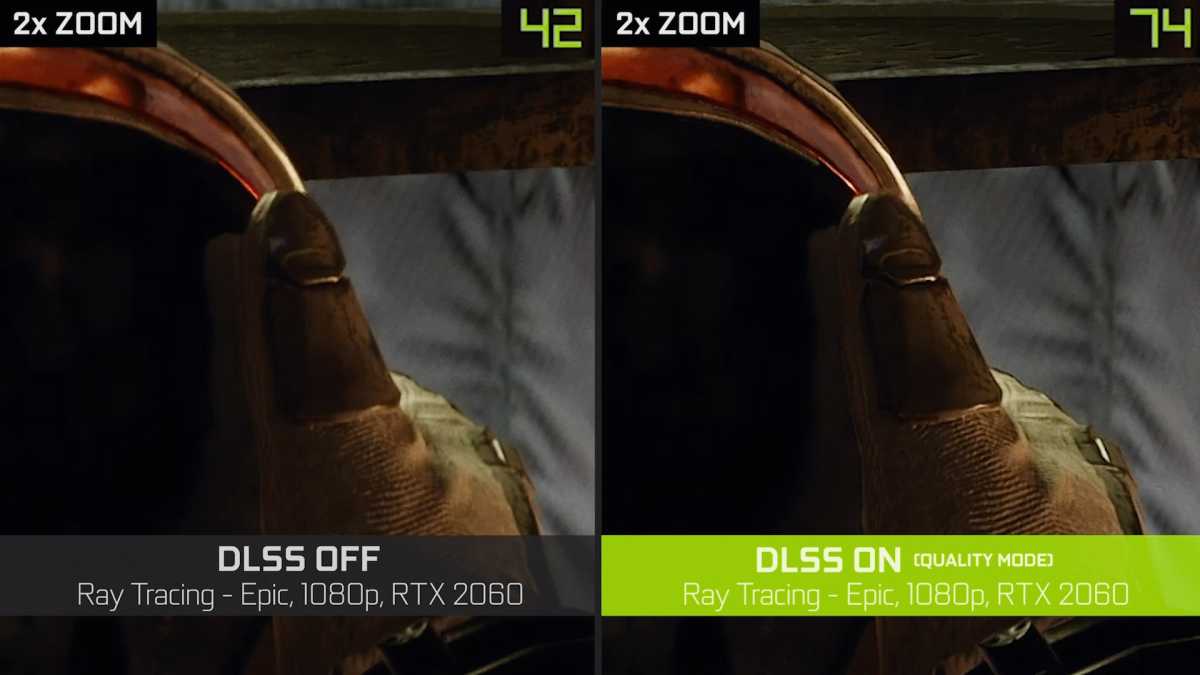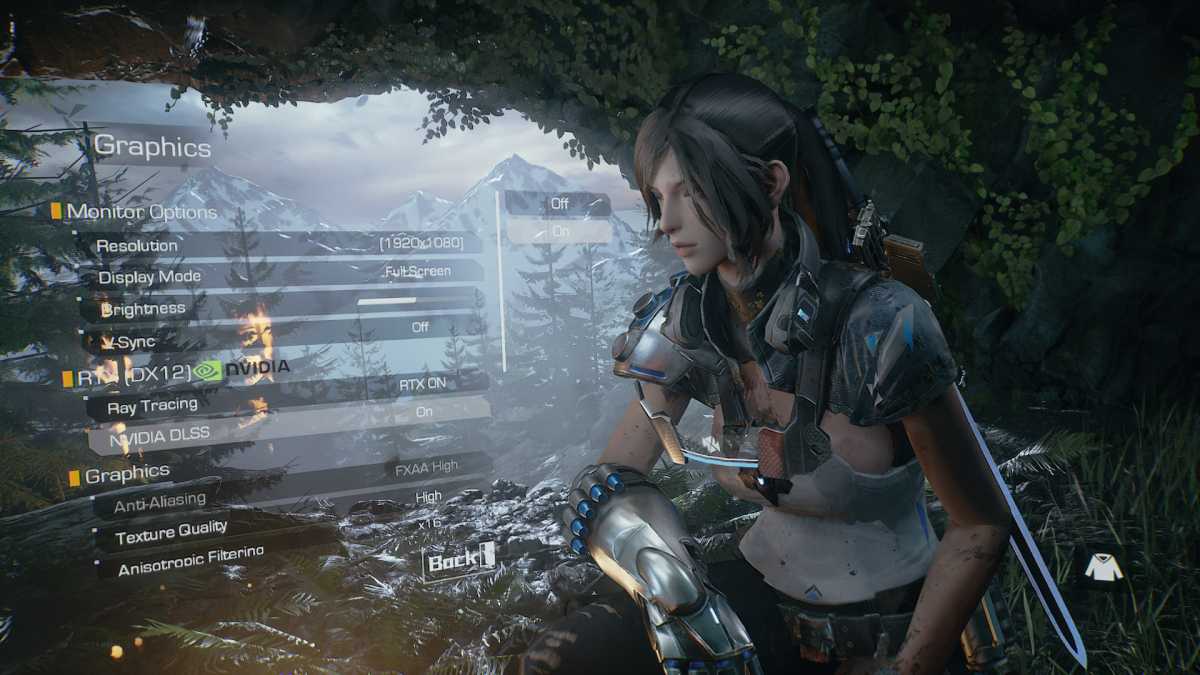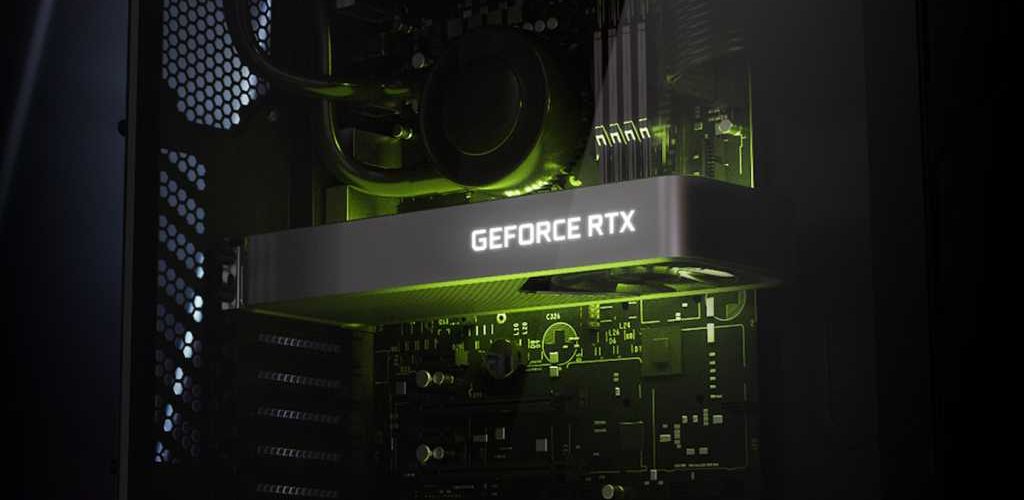With DLAA (Deep Learning Anti-Aliasing), Nvidia launched a technology intended to offer gamers an even more intense gaming experience. This sister feature to Nvidia’s vaunted DLSS using the same underlying technology to improve the visuals in games that support it.
DLAA uses machine learning to effectively smooth images and eliminate unsightly “staircase” effects, similar to traditional anti-aliasing technologies. The difference to the already familiar DLSS technique: DLAA does not rely on a change in resolution. While DLSS artificially enhances low-resolution images to increase performance, DLAA works with your game’s original resolution and concentrates exclusively on the anti-aliasing task, or edge smoothing.
Now you are probably wondering how you can activate DLAA in your games and what requirements need to be met to do so. Only select games support it, like Baldur’s Gate 3, Cyberpunk 2077, Diablo IV, Spider-Man, and Call of Duty: Modern Warfare II. As a rule, you’ll find the option to activate DLAA in the graphics settings of the respective game. The prerequisites are that the game actively supports DLAA and that you’re using an Nvidia GeForce graphics card from the RTX 20-series or newer. Only RTX cards can tap into DLAA (and DLSS).

Nvidia’s DLAA (Deep Learning Anti-Aliasing) is primarily concerned with creating more beautiful edges without impairing the image quality. The existing DLSS technology, on the other hand, utilises low-resolution images to artificially enhance them
IDG
The advantages are obvious: DLAA offers very good anti-aliasing without losing visual information — alternatives like TAA tend to struggle during motion-filled scenes, where DLAA doesn’t. Furthermore, DLAA’s loss of performance is lower than with conventional anti-aliasing methods. The decision whether to use DLSS or DLAA should be used depends largely on the performance of the graphics card and the requirements of the game in question.
Further reading: How to beautify your videos with Nvidia Video Super Resolution
If you have enough power to run the game at the desired resolution and frame rate, DLAA offers you an excellent opportunity to improve the image quality. DLSS, on the other hand, is ideal for all situations in which it is difficult to achieve the desired resolution and frame rate. This is because renders the game at a lower internal resolution and then upscales it using AI to fit your screen. It looks damned good in practice, but there can be some graphical irregularities introduced, whereas DLAA simply offers you better-looking graphics at the same performance.

To be able to use DLAA, the game must support the technology and the computer must have a reasonably up-to-date Nvidia GeForce graphics card.
IDG
The choice between DLAA and DLSS is less a question of anti-aliasing and more a question of the desired balance between image quality and performance. Experiment for yourself and decide which method is best for you. For example, in situations with a lot of movement, there may be a clear difference between the two techniques, with DLAA often providing the sharper image. But this always depends on the game in question and your individual preferences.
This article was translated from German to English and originally appeared on pcwelt.de.





